Weak rand impact finally lifting SA tourism
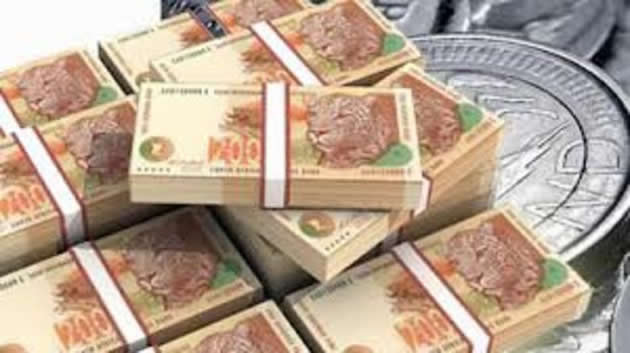
Cape Town — As a whole it looks like the South African tourism industry is picking up and now is the time for the industry to make full use of the opportunities the weaker rand brings, Danny Bryer, director of sales, marketing and revenue management for Protea Hotels, told Fin24 yesterday.
He said so far in 2015 it would seem that the rand devaluation has not brought the direct positive impact for the tourism industry as a whole one would have expected.
This was due to factors like the visa-related issues and the impact of the Ebola scare on bookings for long haul destinations, which are usually done further in advance.
“Therefore, the general pick-up in international tourism due to the weaker rand did not happen to the extent one would have expected,” said Bryer.
“We’ve seen it picking up now, however, and our forecast over the short term until about February and March 2016 looks like the country is getting more tourists.”
Apart from the rand value that international tourists can get, the relaxation of the visa restrictions are also bringing a more positive result, in his view.
“If 2016 looks like it would be a stable economic year and if there are fewer strikes in the country, it could be positive for inbound tourism,” said Bryer.
He pointed out that the positive trend due to a weaker rand is not in relation to leisure tourists, but also regarding the film industry. This is due to the value for money the film industry can get in Cape Town, for instance, compared to its main competitors Prague and Miami.
Another sector benefiting from the weaker rand is the incentive industry, according to Bryer. It is also now cheaper to host conferences in South Africa.
“There could be lots of opportunities in 2016 across the whole spectrum of the tourism industry,” he said.
SA’s main feeder markets are still Germany, the United Kingdom and the United States, with India and China holding big opportunities. The growth in Chinese tourism to South Africa was, however, negatively impacted by the new visa regulations.
“South Africa is a brand destination. Look at your specific market – for instance seniors, baby boomers or new age travellers,” advised Bryer.
“Understand your target market. Build on the opportunities created for the next three to four months by the combination of the weaker rand, the reduction in visa restrictions and the positive climate.”
Continued upward trends indicate the Western Cape will welcome an increase in tourists this peak season, according to Alan Winde, Minister of Economic Opportunities,
Figures from the Cape Town International Airport show an average 11 percent increase in the number of international arrivals over the recent period.
“We know that for every 12 tourists who visit us, one job is created in South Africa. In the Western Cape the tourism sector currently employs 204,000 people,” said Winde.
Meanwhile, when the US Fed actually hikes rates and the probability increases to 100 percent there is likely to be a further burst of rand weakness, says Overberg Asset Management (OAM) in its weekly overview of the South Africa economic landscape.
The probability that the Federal Reserve will hike the benchmark Fed Funds rate on 16th December has risen again in the past few days and now lies at 74 percent, says OAM.
“The rand fell sharply when the odds of a December Fed rate hike increased from near-zero to 70 percent following the release of much stronger than expected October non-farm payroll numbers.”
Moreover, the rand should weaken steadily once the Fed embarks on a continuous rate hiking cycle.
According to OAM signs are emerging of faster than expected US wage price inflation and it is well known that the Fed is “behind the curve” in raising rates.
“As such the Fed’s rate tightening cycle could be faster and steeper than anticipated.”
South Africa economic review
Despite lowering its GDP forecasts for 2015 and 2016 from 1.5 percent to 1.4 percent and from 1.6 percent to 1.5 percent and its consumer price inflation peak forecast in the first quarter 2016 from 6.7 percent to 6.4 percent, the SA Reserve Bank (Sarb) hiked the benchmark repo rate by a further 25 basis.
This is the second rate hike this year following a similar hike on the 23rd July taking the repo rate to 6.25 percent. Sarb Governor Lesetja Kganyago highlighted that economic growth prospects have dimmed due to weaker construction activity and dry weather conditions which will likely result in the third straight quarterly decline in agricultural output.
While economic prospects remain weak Kganyago cautioned against the second-round effects on inflation becoming entrenched. The Sarb policy statement highlighted that the upward trend in wages has contributed to the persistence of inflation risks.
Growth in retail sales slowed from 4.0 percent year-on-year in August to 2.7 percent in September. Six of the seven major retail categories recorded either slower sales growth or contraction.
The main culprit was the “household furniture, appliances and equipment” category down -4.3 percent on the year, while on the upside the “general dealers” category grew sales by 4 percent. – Fin24

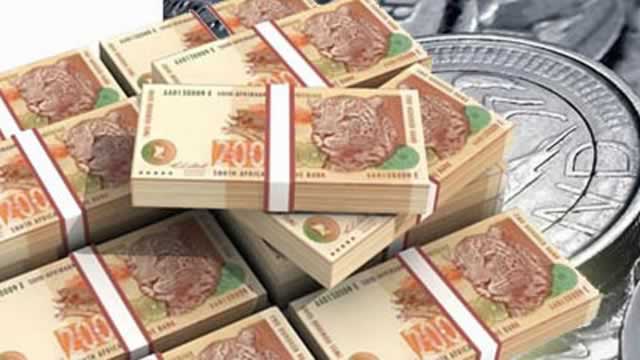

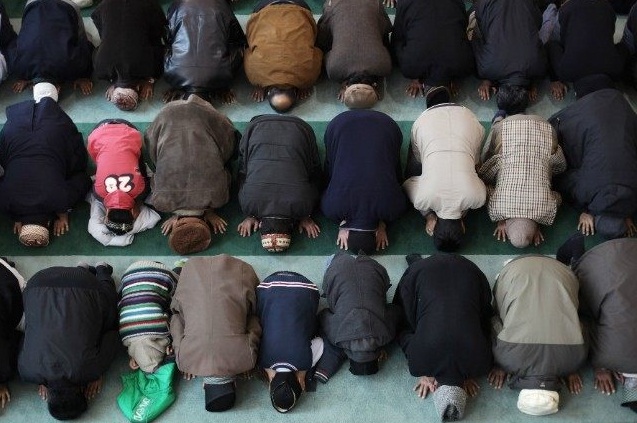
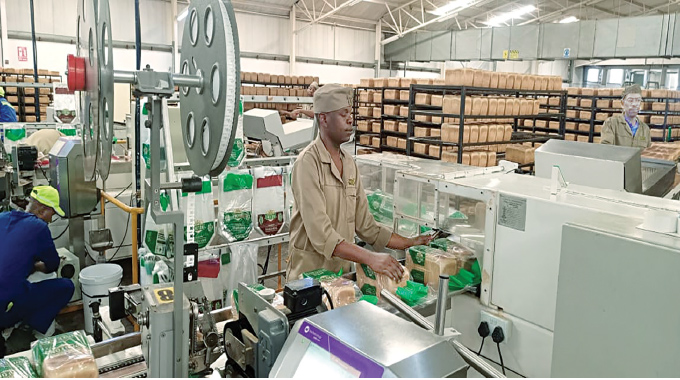
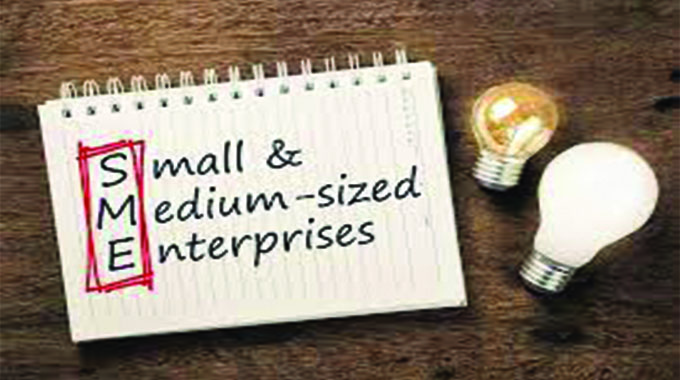
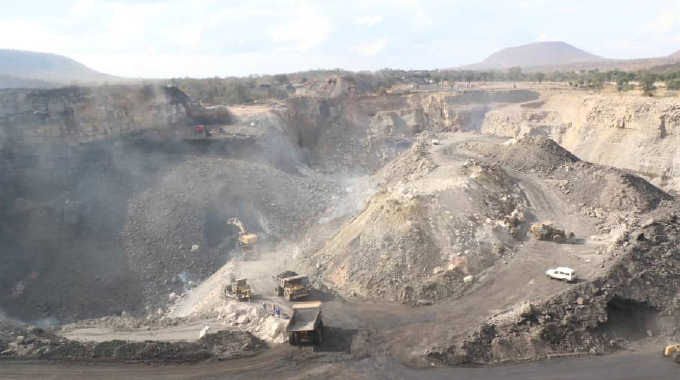





Comments